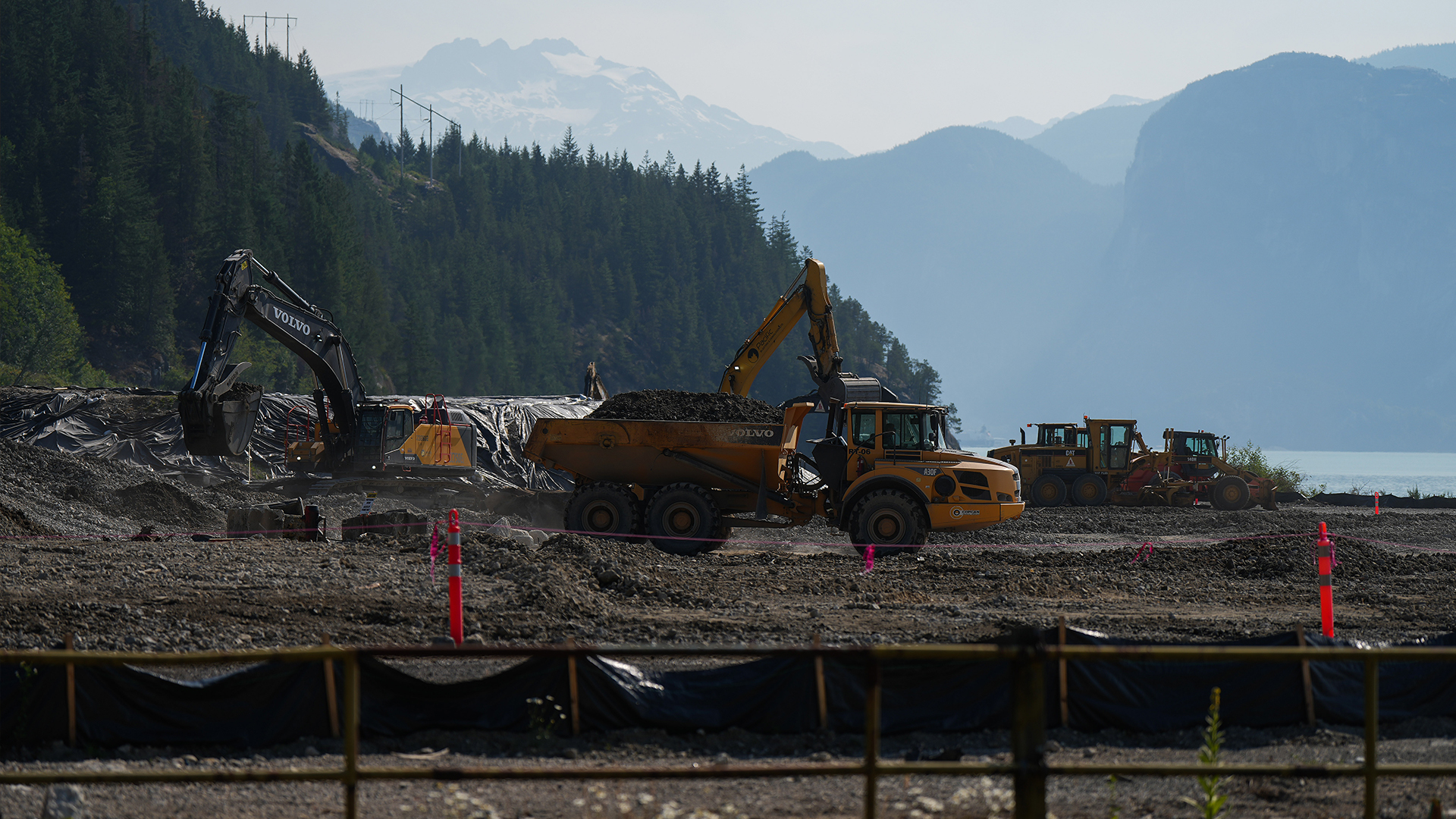
Mexico is projected to surpass Canada in global Liquefied Natural Gas (LNG) exports, and not because we lack the supply or the know-how to produce it. Instead, red-tape and politics have all but quashed the opportunity for Canada to export fuel from one of the largest natural gas reserves in the world. It’s a shame, because Canada, and the world, would be more prosperous and sustainable with the means to share its bounty.
Meanwhile, Mexico has good reason for its ambitions to become a global leader in LNG exports. The country has committed to doubling its renewable energy capacity by 2030. Developing natural gas infrastructure and moving away from higher-carbon fuels is a pathway to achieving this goal. While some critics argue that the shift to net-zero needs to be expedited, the transition won’t happen overnight and will require significant investment to reap the economic benefits.
Mexico, which is the largest purchaser of natural gas from the U.S., aims to leverage its geographical position to achieve its goals. Currently, a large portion of North American LNG is shipped from the Gulf Coast through the Panama Canal and on to markets in East Asia.
It takes 20 days from the time a ship loaded with LNG leaves port until it arrives in Japan. The same trip is about to get longer.
The Panama Canal is reaching full capacity, and worsening drought conditions have resulted in further shipping restrictions. By importing affordable U.S.-produced natural gas, Mexico can then turn around and export it in the form of LNG worldwide and cater to markets like Europe and Asia that require such energy supplies.
Its proposed shipping route is two times faster and half the cost.
Even the environmentally conscious Biden administration is demonstrating it views LNG exports as a good idea by giving the green light to the Alaska LNG project. That export terminal will ship LNG to Asia, too, and is set to be operational by 2030. Mexican LNG production will get there five years faster, likely with Sempra’s Energia Costa Azul project, which expects its first LNG production at the end of 2024.
Meanwhile, further north, only three of 15 Canadian LNG projects that have been proposed in recent years have made it out of regulatory limbo. Of those, only one project – LNG Canada’s terminal in British Columbia – is under construction.
As of last year, phase one of the British Columbia terminal was reported to be 70 per cent complete, with shipments expected to begin by 2025. For context, between 2014 and 2020 the U.S. approved 20 LNG export facilities and built seven. All this despite Canada’s prospective export platforms being closer to Asia and our gas cheaper to liquefy with Canada’s colder weather.
The case for Canadian LNG exports
Building out LNG infrastructure would serve Canada’s interests through economic, environmental, reconciliatory, and geopolitical benefits in the years ahead.
Building economic prosperity
Let’s start with the sustained, multibillion-dollar opportunity. A Conference Board of Canada study found that an LNG export industry equivalent to 30 MTPA (million tonnes per annum) in British Columbia would inject about $7.4 billion into the Canadian economy over 30 years, along with supporting 65,000 jobs. LNG Canada’s B.C. terminal is projected to have an export volume of 26 MTPA, and the recently approved Indigenous-owned Cedar LNG Project will have an export volume of 6.4 MTPA.
The LNG industry could provide an economic steppingstone as the road to renewable energy continues to be built. Just as Mexico is using natural gas as a precursor in its transition to renewable energy, such as solar, the same could be true for Canada.
Supporting the world’s green transition
Exporting LNG from Canada can also help lower global greenhouse gas emissions. In 2019, Canada ranked as the 10th highest greenhouse gas emitting country, with its share of global emissions decreasing from 1.8 per cent in 2005 to 1.5 per cent in 2019. Canada’s environmental footprint is trivial compared to Asia’s large emerging markets, such as China, where during the same period emissions increased by 74.8 per cent.
To put that into perspective, Canada stopping all carbon emissions tomorrow would have minimal impact on overall emissions globally. One way Canada is poised to contribute, however, is by helping emerging markets use natural gas instead of coal to run electricity plants.
Not all fossil fuels are created equal
Natural gas emits 50 per cent less carbon dioxide than coal and 30 per cent less than oil. The environmental impact of increasing LNG use – in a country such as China – would mirror those observed in the U.S., which has seen a drastic reduction in emissions since 2007 and now emits roughly the same amount of CO2 as it did in the 1970s. Much of the United States’ emissions reductions can be attributed to its shift from coal-fired power generation, which now only makes up 11 per cent of the U.S. energy mix. The country’s economy has tripled since the 1970s, despite seeing emissions reduce back to levels observed at that time.
Pursuing reconciliation with Indigenous Peoples
Here at home, the economic windfall of Canadian LNG exports could be shared more evenly, particularly among Indigenous communities, which stand to benefit from participation in energy projects. Initiatives like this can advance the economic objectives of the Truth and Reconciliation Commission. Some First Nations are avidly in favour of projects, especially in light of community investment and revenue-sharing agreements. The Cedar LNG Project, Canada’s first Indigenous-owned LNG facility and the first Indigenous-owned LNG facility in the world, received approval from the B.C. government in March. The federal Impact Assessment Agency followed suit with approval shortly after.
Strengthening Canada’s reputation on the world stage
Finally, building LNG facilities will demonstrate to the world that Canada can actually get things done. Many foreign investors likely do not think we can. For instance, the Fraser Institute’s 2022 Canada-U.S. Energy Sector Competitiveness Survey found that the U.S. was more attractive for oil and gas investment than Canada. Not surprising, given that the Canadian Energy Research Institute also noted that delays in Canada’s regulatory process meant that, on average, it took Canadian LNG projects 19 months longer to receive approval compared to the U.S.
Foreign investment dollars will not tolerate such delays, and they put Canada’s LNG opportunity at risk.
Canada has a once-in-a-generation LNG opportunity that would benefit our economy, Indigenous communities, our international reputation, and more broadly, the world’s greenhouse gas reduction efforts.
But the clock is ticking.










